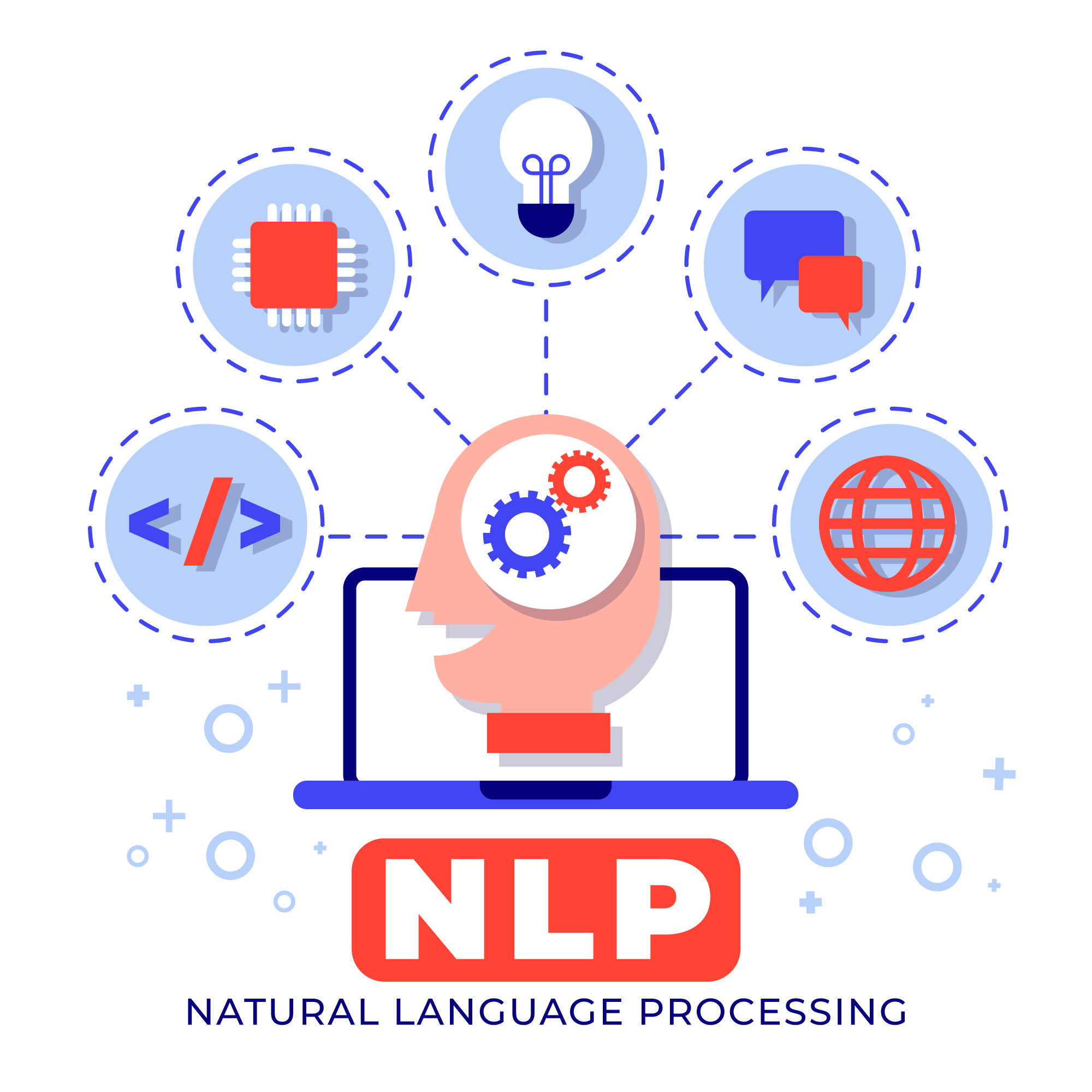WHY CHOOSE US
specialist in avoiding clients on challenges
OCR TECHNOLOGY
OCR (Optical Character Recognition) technology is software that recognizes and converts printed or written text into machine-readable text. It involves using computer algorithms to analyze and interpret the shapes and patterns of characters in an image or document and then translate them into editable, searchable, and shareable text.
While OCR technology provides many benefits and is widely used, it also has some potential disadvantages:
Accuracy Issues
OCR technology is not always 100% accurate and can make mistakes when recognizing characters, particularly if the document is of poor quality or if the text is in a non-standard font. This can lead to errors in the converted text, which can have serious consequences in industries such as finance and legal.
Formatting Issues
OCR technology may have difficulty recognizing text formatting, such as different font styles, sizes, or colors. This can result in errors or incorrect formatting in the converted text.
Language Barriers
OCR technology may have difficulty recognizing characters in languages that are not well-supported or if the language uses non-Latin alphabets or scripts.
Cost
OCR technology can be expensive, particularly for businesses that need to process a large volume of documents or require high accuracy rates. Additionally, ongoing maintenance and updates to the software can add to the cost.
Privacy Concerns
OCR technology involves processing sensitive and confidential information, which may raise privacy concerns for individuals or businesses. There may also be concerns about the security of the data during the OCR process and its storage.

TEXT MINING
Text mining is the process of analyzing and extracting useful information from unstructured textual data using natural language processing (NLP) and machine learning techniques. It involves transforming raw text into structured or semi-structured data that can be analyzed to gain insights and make data-driven decisions.
Text mining offers several advantages in analyzing unstructured text data. Here are some of the key benefits:
Extract insights from unstructured data : Many data available to businesses is in unstructured text formats, such as customer feedback, social media posts, and email communication. Text mining helps companies to extract valuable insights from this data, allowing them to make data-driven decisions and improve their operations.
Identify patterns and trends: Text mining allows businesses to identify patterns and trends in large volumes of text data, which can help them to understand customer behavior, market trends, and other insights that can drive business strategy.

Automate processes: Text mining can automate processes that would otherwise require manual analysis, such as categorizing and classifying text data or identifying entities such as names, places, and organizations.
Improve efficiency: Text mining can help businesses to improve their operational efficiency by automating processes and reducing the time and resources required for manual analysis.
Improve customer satisfaction: Text mining can be used to analyze customer feedback and sentiment, allowing businesses to identify areas of improvement and take action to address customer concerns and improve customer satisfaction.
Text mining offers many advantages in analyzing unstructured text data, allowing businesses to gain valuable insights, automate processes, and improve efficiency and customer satisfaction. Text mining can provide valuable insights that would be difficult or impossible to obtain through the manual analysis of unstructured text data. However, it also has some limitations, such as the need for high-quality text data and the potential for errors in the machine learning algorithms used for analysis.

Natural Language Processing
Natural Language Processing (NLP) is a subfield of artificial intelligence (AI) that focuses on the interaction between computers and human languages. NLP involves the use of machine learning algorithms and computational linguistics to analyze, understand, and generate human language.
NLP is used to enable computers to understand and interpret human language, including its meaning, syntax, and context. Some of the main tasks that NLP is used for include:
Sentiment analysis: NLP can be used to analyze text to determine the sentiment or tone of a piece of writing, such as positive or negative sentiment.
Language translation: NLP can translate text from one language to another, allowing for cross-language communication.
Named entity recognition: NLP can identify and extract information about named entities such as people, organizations, and locations from the text.
Speech recognition: NLP can convert spoken language into text, allowing for voice-activated devices and other applications.
Text generation: NLP can be used to generate human-like languages, such as for chatbots or other conversational agents.
DOCANALYTICA-AI TECHNOLOGY
Docanalytica-AI utilizes OCR (Optical Character Recognition) and Text Mining technologies to automate the process of analyzing and extracting useful information from scanned documents or images of text.
OCR technology can be used to convert scanned documents or images of text into machine-readable text, which can then be analyzed using text mining techniques. Text mining can then extract useful information from the converted text, such as named entities, sentiment, and topics.
Here are some use cases of how Docanalytica-AI combination OCR and text mining technologies can be used together:

Invoice processing: Docanalytica-AI is used used to extract text from scanned invoices, and text mining can be used to identify relevant information such as the customer’s name, invoice number, and amount due.
Legal document analysis: Docanalytica-AI is used to convert scanned legal documents into text, and text mining can be used to identify relevant information such as case names, legal citations, and key phrases.
Medical record analysis: Docanalytica-AI is used to extract text from scanned medical records, and text mining can be used to identify relevant information such as patient names, medical conditions, and medications.
Docanalytica-AI is a powerful technology for automating and improving the analysis of unstructured text data. By converting scanned documents or images of text into machine-readable text and then applying text mining techniques, businesses can gain valuable insights and improve their decision-making processes.
